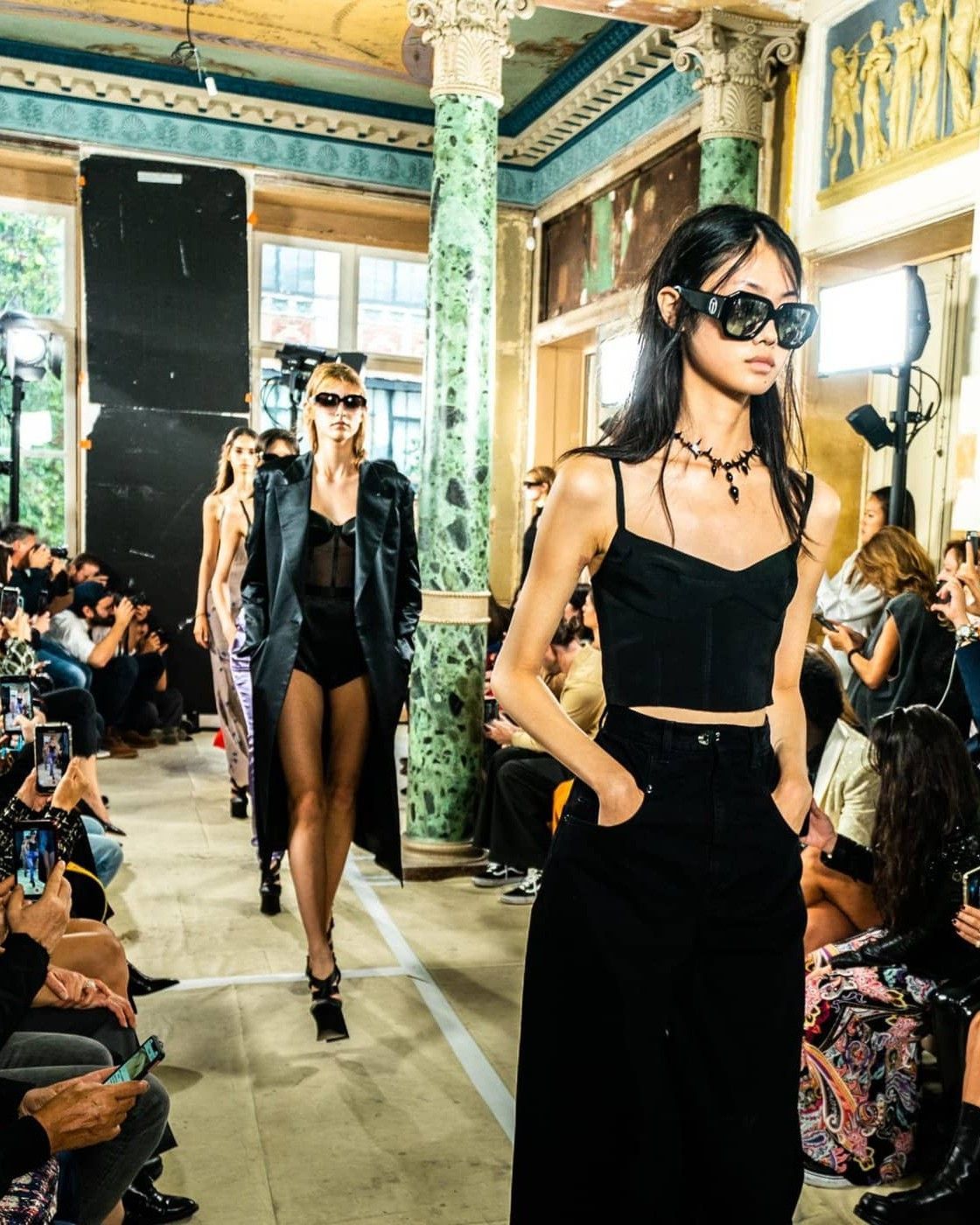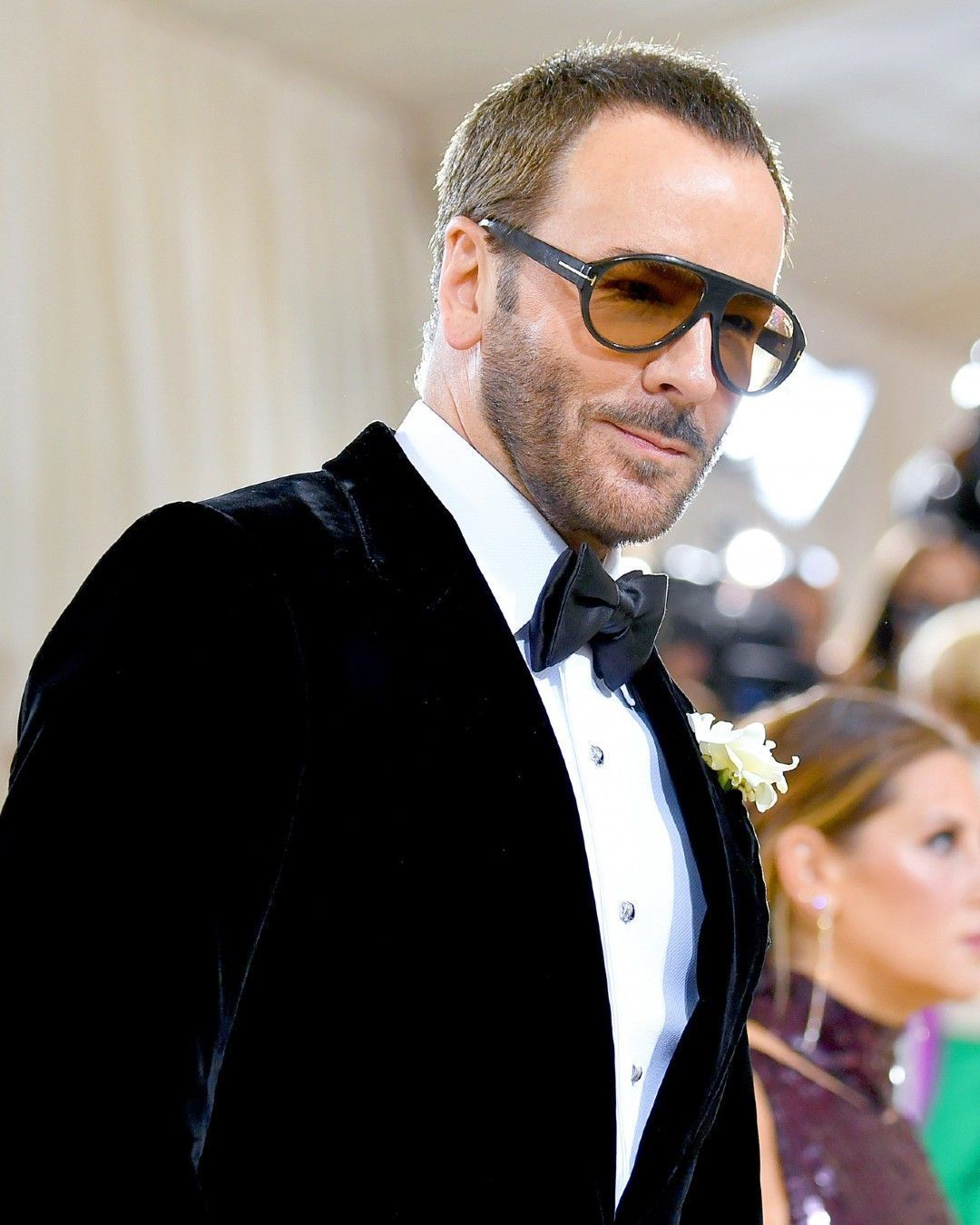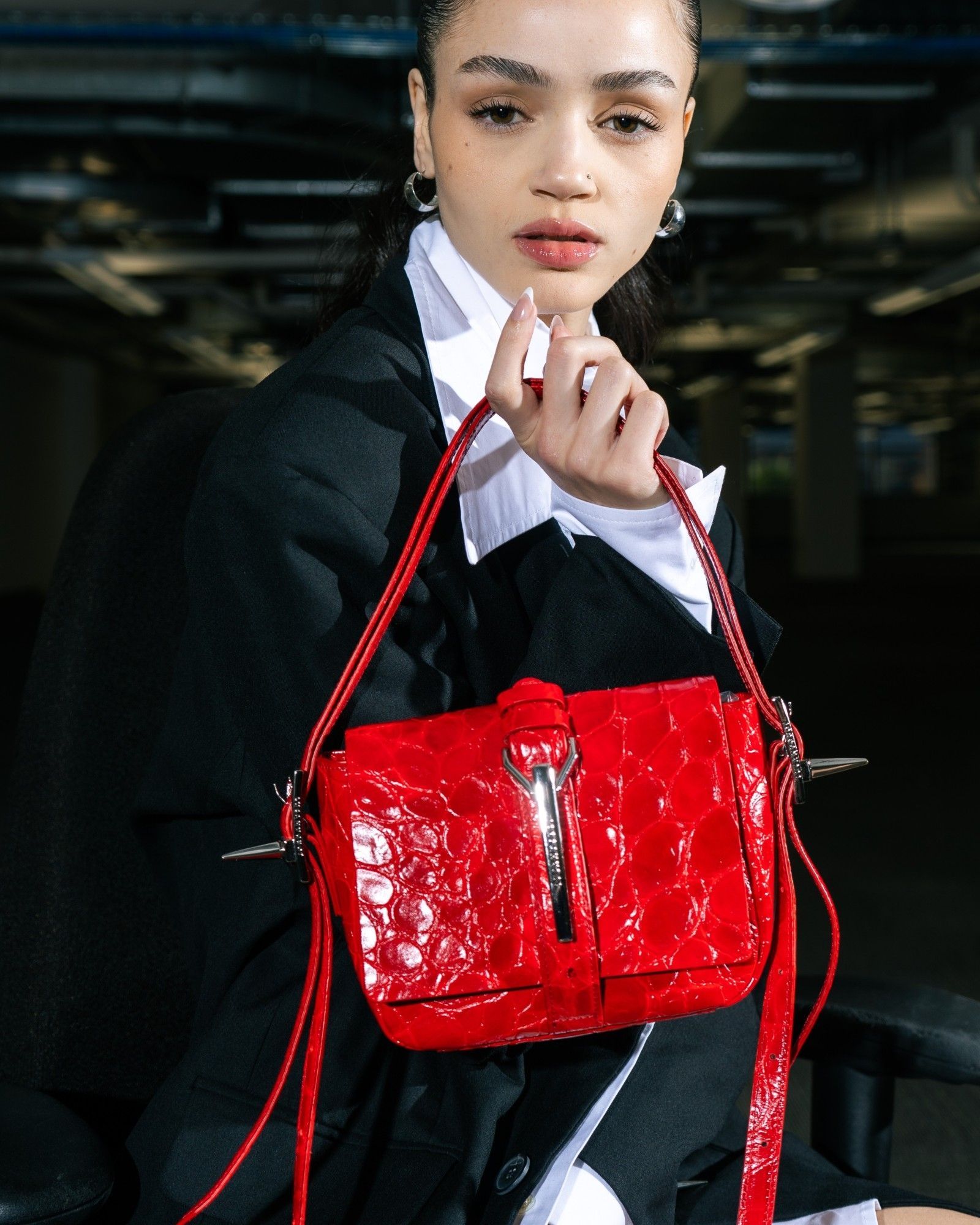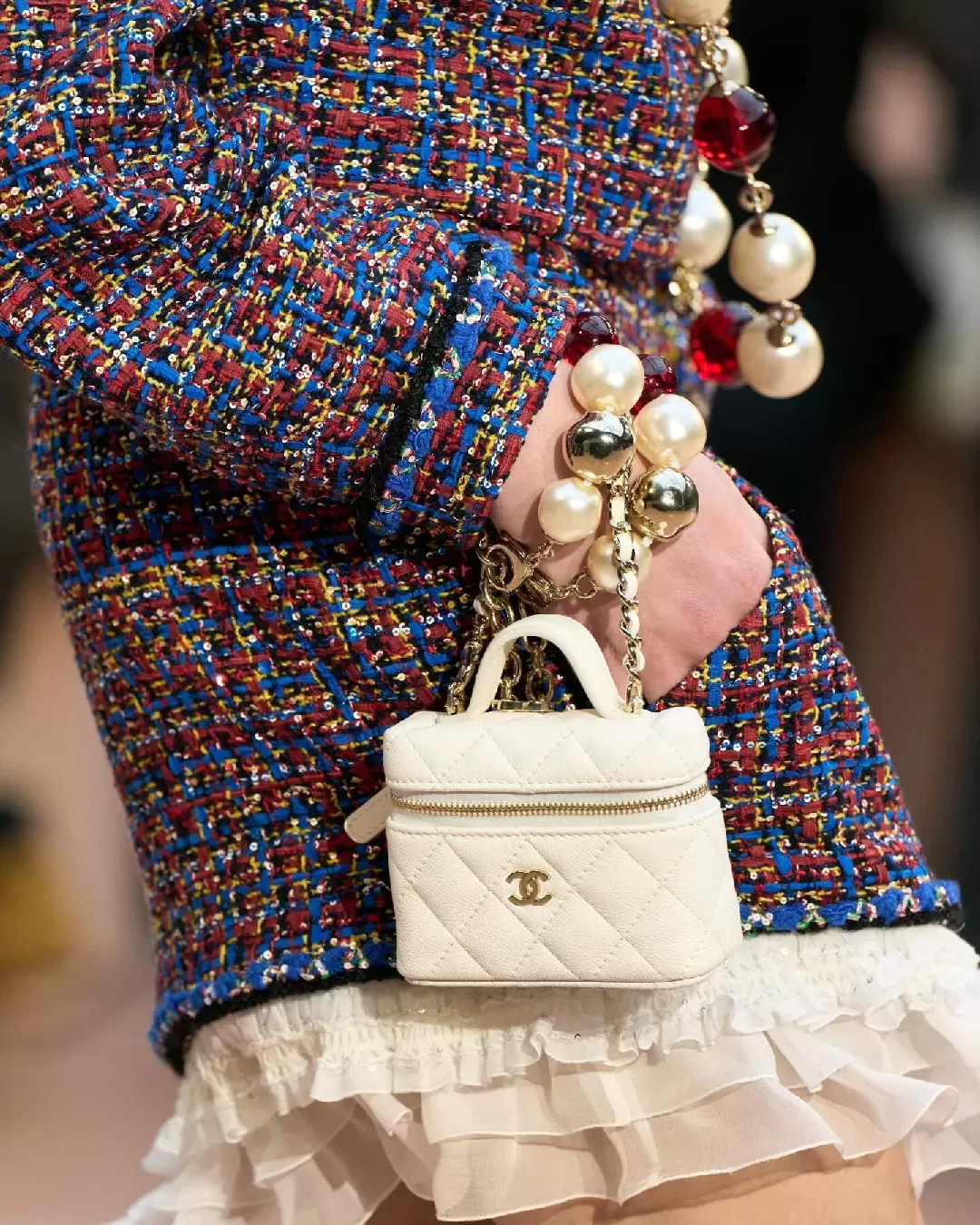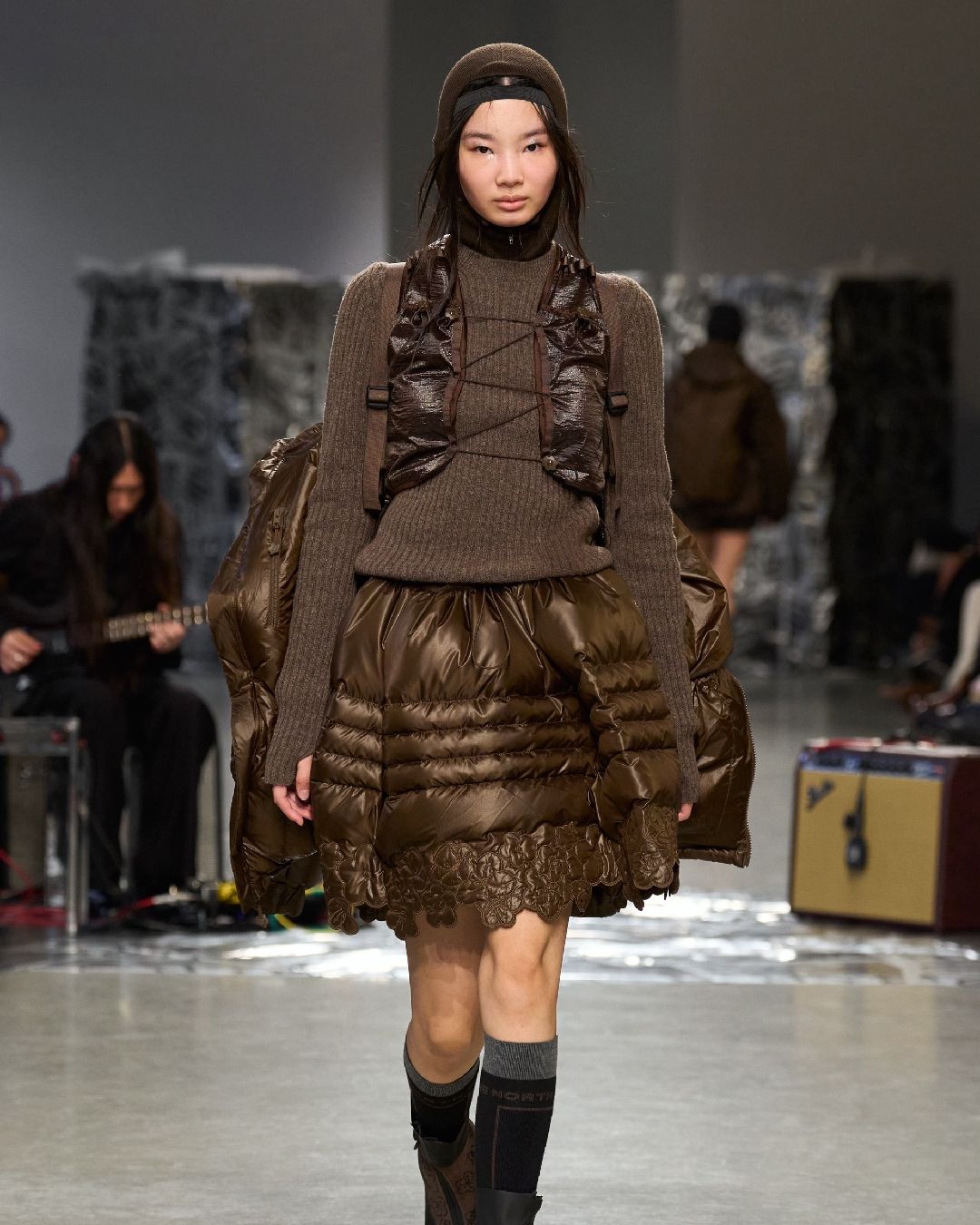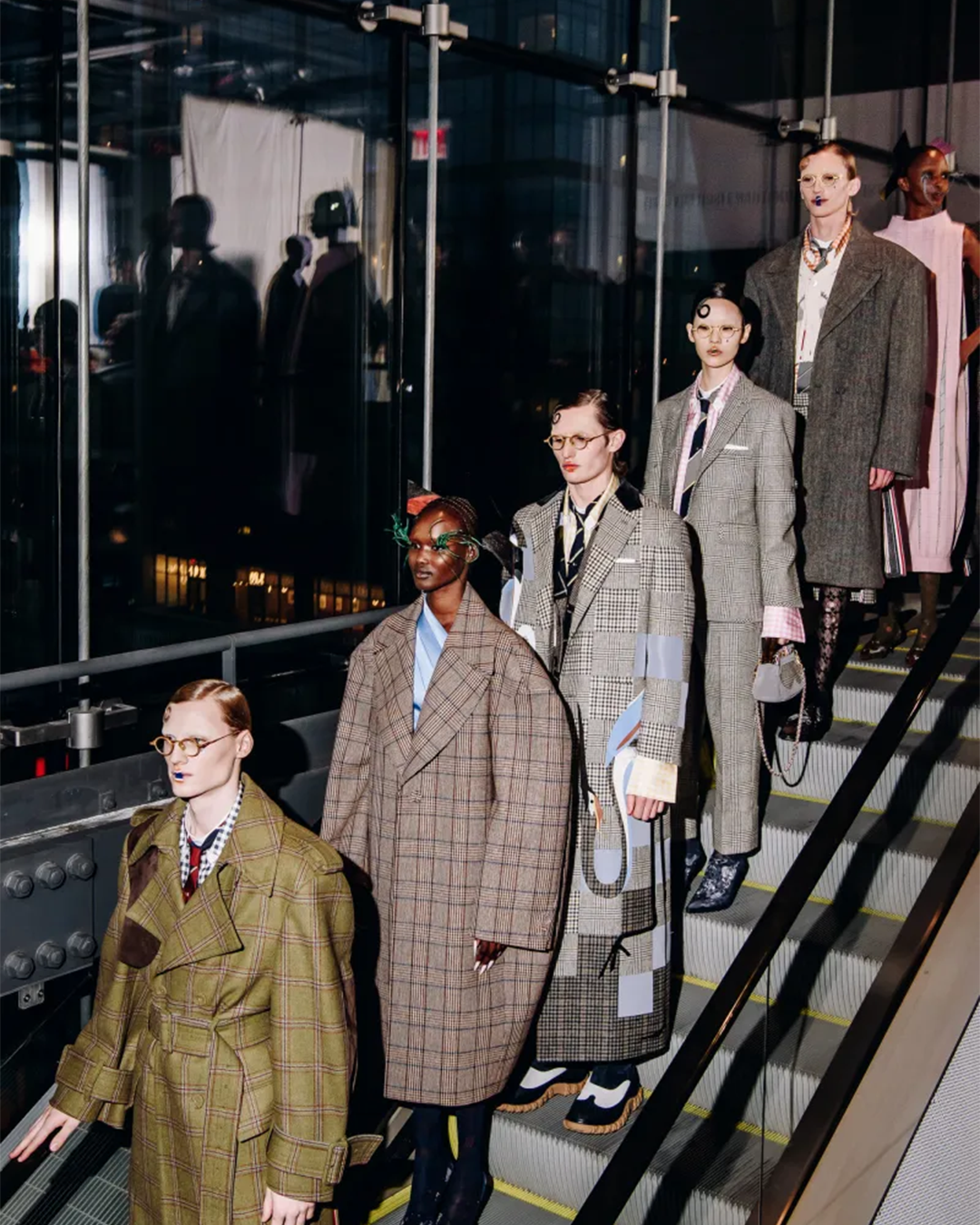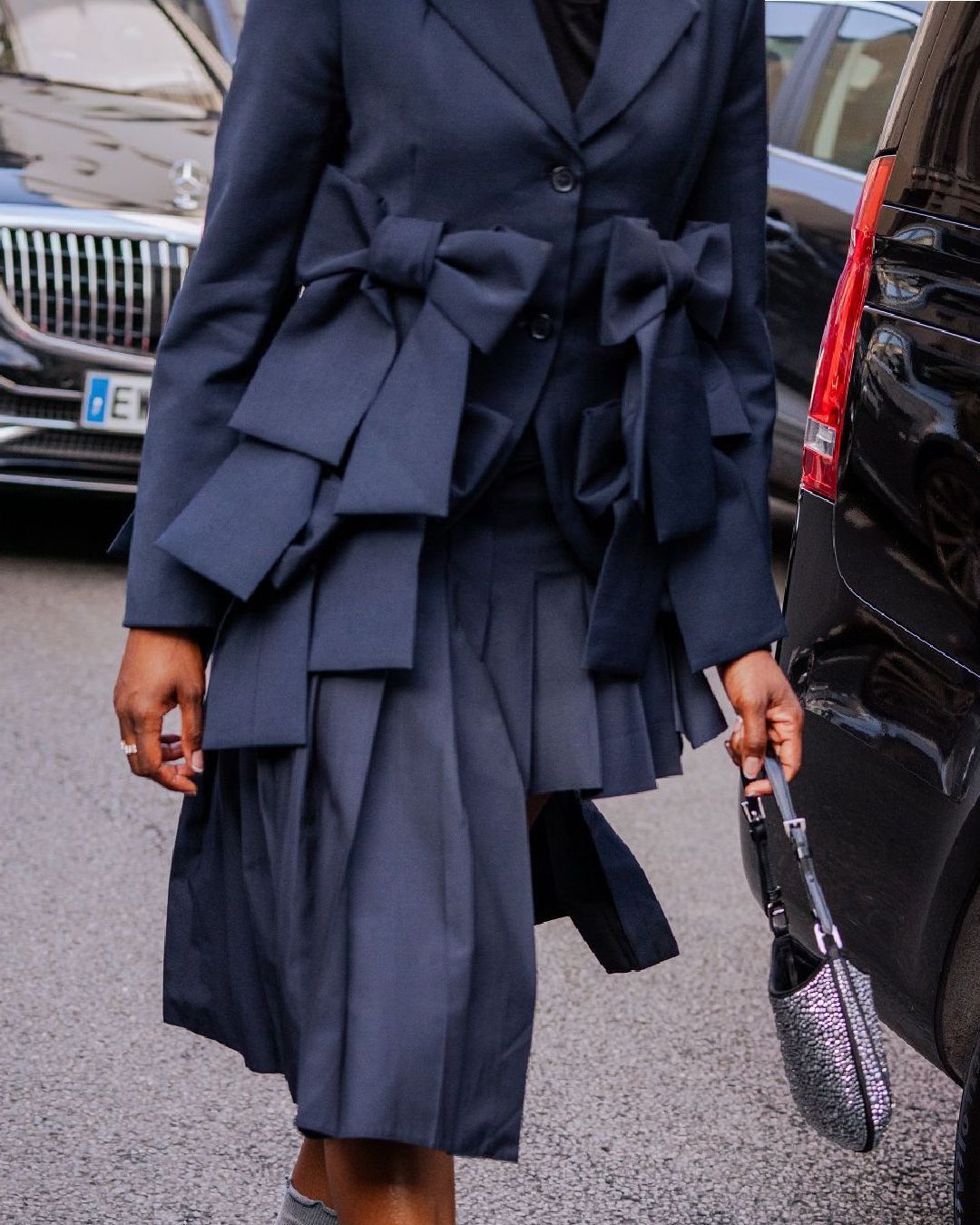
What happens when niche brands go mainstream? The cost of fame
At the beginning of September, American Designer Peter Do presented his first ever show as Helmut Lang's new artistic director – people had high expectations not only because his show was the 5th relaunch of the once iconic label, but also because Do is currently regarded as the enfant prodige of fashion. The fashion system is currently going through a deep crisis, so the whole industry is looking for a saviour. When Peter Do first caught attention with his namesake label, which he founded with his friends, it felt like a true breath of fresh air. Finally, an American designer was determined to put New York back on the map. His approach was similar to that of Lang: rejecting the traditional system and a deep emphasis on well-made clothes over strange gimmicks. Back in 2021, knowing the name Peter Do meant that you spoke the language of fashion. Now, he shows at New York and Paris Fashion Week, but back then, you had to be an insider to be familiar with his brand. What lies behind the appeal of knowing niche brands before they go mainstream?
«From my own experience and observation of my friends it’s really driven from personal interest and feeling like you’ve found something you can connect with that is uniquely yours in a way,» says New York-based designer Greta Moschata. «And then meeting others who have also had the same personal discovery becomes really exciting and naturally builds a sense of community – because you know those people discovered the brand in a similarly personal way,» she adds. It almost feels like forming one’s own community, in a day and age where the mainstream is more valued than the niche. Steff Yotka, Head of Digital Content at SSENSE and a huge fan of Chopova Lowena, confirms this, saying «any person who wants to wear a 5-kilo carabiner skirt is a cool person that I want to hang out with. The same goes for Rick [Owens], every person I know with Kiss Boots is a lovely, wonderful person with great taste in music and a caring soul. Every Luar fan is a glamorous, totally real person with an incredible personal style.» Niche fashion fosters community, but what happens to that community once a brand grows and gets more commercial attention? Look at Coperni or Rick Owens for example, the brands now differ a lot from the beginning. «I get the sense that when people discuss IYKYK [if you know you know] brands what they really mean are brands that successfully marry philosophy with product. On a business level, the brand could be as big as Thom Browne or as small as Di Petsa, but every customer understands what the brand stands for and what ideas its products signify. It's not just clothes, it’s a lifestyle,» Steff says. Over time, that lifestyle can change for example – the needs and tastes of a 20-year-old differ from those of a 45-year-old.
Translating a brand’s growth into the trickle-up theory, also known as the bubble-up pattern, makes a distinctive point clear: once a brand becomes trendy or even mainstream, the original target group might become less interested in it. There is no one-size-fits-all solution to this problem, as every brand has multiple micro-groups in its initial target group. One example of this is when a relatively smaller brand collaborates with a huge one. Of course, this has many mutual benefits from a business point of view, but in terms of clientele, it could turn original fans away. Recently, a lot of smaller brands, like Sandy Liang, Cecilie Bahnsen or JordanLuca have had collaborations with renowned fashion companies. Sandy Liang collaborated with Salomon and Baggu, JordanLuca collaborated with Lonsdale, while Cecilie Bahnsen created a sneaker collection with Asics that broke the internet. This originated a bigger, new target group for the lesser known brands, but in return, their fanbase began losing interest. Suddenly, a brand that wasn’t widely known before started to feel less special, as it's less of an insider secret anymore.
cecile bahnsen x asics GT-2160s you came to me in a dream once. i need you. pic.twitter.com/s3rsJzJgYT
— pris (@pwiscila) June 24, 2023
How can brands keep their fanbases' excitement as they grow their business and possibly become mainstream? «Follow the designers' personality,» says Steff, bringing up examples like Thom Browne launching a sportswear line inspired by his active lifestyle or Bode launching a womenswear section so the founding designer could actually wear the designs herself. «Launching new categories and products seems to work best when it’s something the designers are already doing.» Drawing it all back to Peter Do, who recently got an abundance of attention, is it possible for the label to keep its original fans whilst living up to the commercial demands? In 2021, Do was an insider tip amongst the fashion crowd, now he is about to release a collaboration with Banana Republic. Around June 2023, when his appointment at Helmut Lang was announced, the searches for the label skyrocketed. «I think depending on how the designer responds, it can be harmful. Take any number of CFDA winners for example – Proenza, Kirby Jean Raymond, etc. The media pushed them to the point that the expectation and standard of their runway shows and product quantity rose to a place they could not financially keep up with,» says Moschata. In the case of Peter Do, the brand has gained a lot of popularity within the last two years, almost as much as other brands amassed over a whole decade. «For this brand, the expectations from the fashion community skyrocket to an almost unreachable place. Perhaps because we are all so desperate for a shift in the fashion landscape and so are trying to speak a new sense of excitement without it having time to actually develop naturally,» Moschata adds.
A lot of excitement and pressure makes a brand tickle up and go mainstream a lot faster – it is almost like when someone goes viral on a social platform (remember Tube Girl?). Fulfilling all those expectations is very hard when a brand and its founder have to skip the most necessary steps of growth. For example, the expectations for Do at Helmut Lang were insanely high. Apart from his industry friends, the response has been rather critical, for example, fashion critic Cathy Horyn wrote: «[Peter] Do is going to have to find his own point of contact with Lang and then express that spirit in a contemporary way, without respect for his legacy. Otherwise, we might as well go to Uniqlo.» His debut might have not been the most breathtaking one, but nevertheless, one a designer can build on. When it comes to creating a client base, time is both your biggest friend and your worst enemy. If you take your time to build your fanbase, they might stick with you – but if you get too popular too quickly, they might become disinterested. It is about finding a balance whilst being authentic, rather than playing into mainstream marketing theories.










































